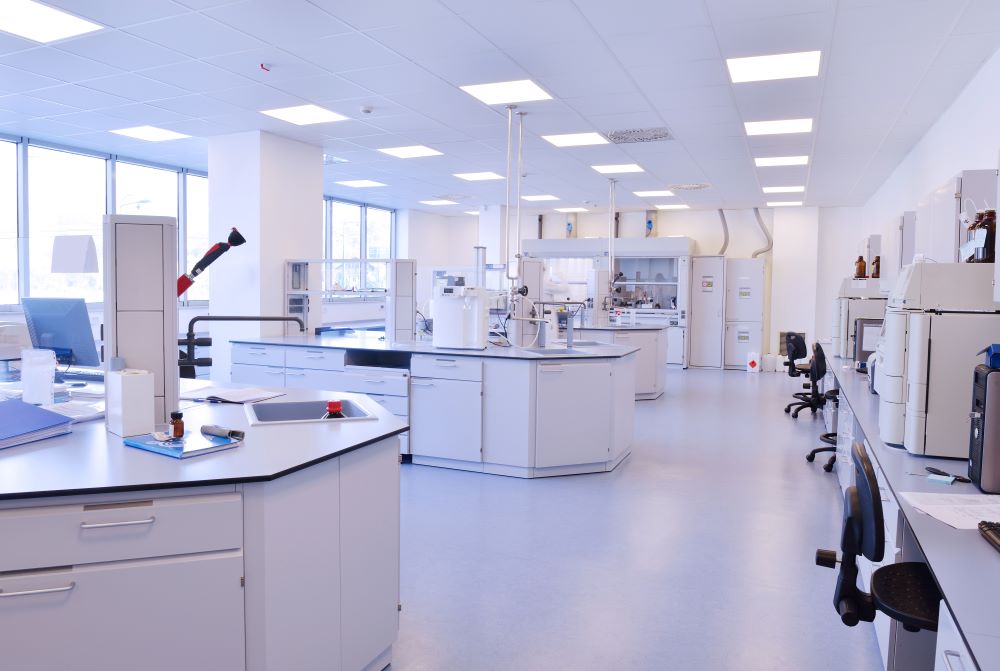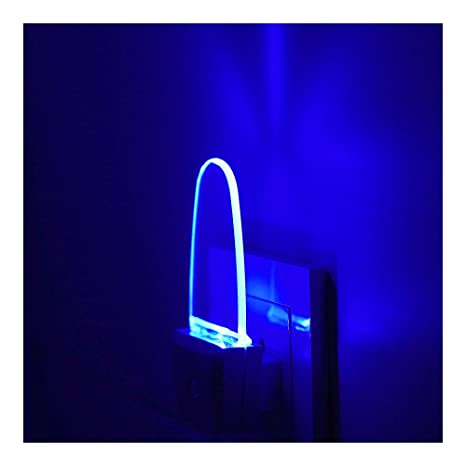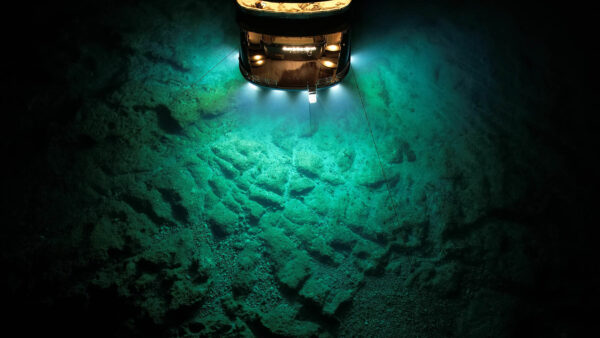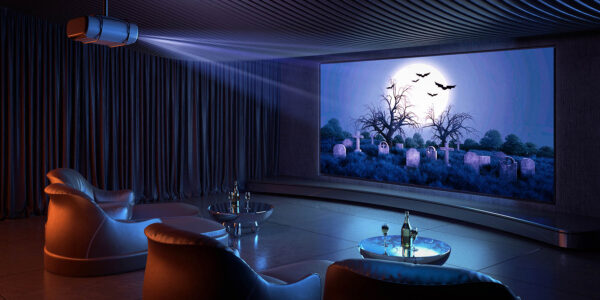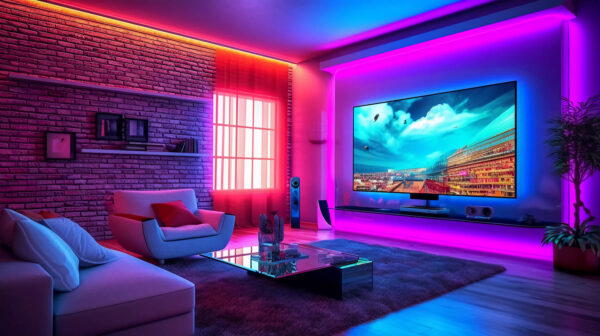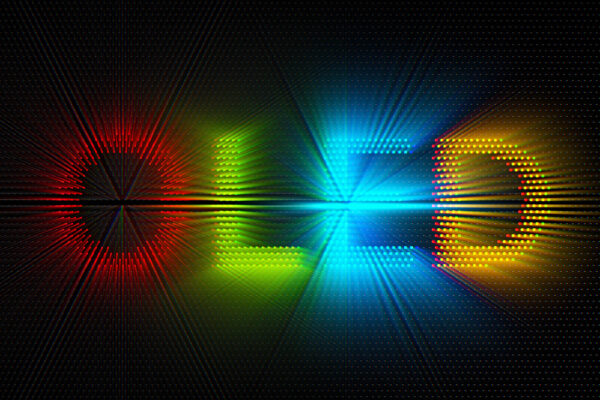Hospital administrators are under constant pressure to manage their facilities in the face of demands for high-quality medical services but with reduced revenues from healthcare reimbursement entities. This tension forces administrators to reduce expenses where they can without impacting the quality of those services. Many hospitals are finding that they can both reduce facility expenses and improve their physical plants with Energy Efficient Lighting in Hospitals.
As healthcare institutions strive to reduce energy consumption and improve sustainability, implementing energy-efficient lighting strategies is a vital step. Lighting plays a crucial role in hospitals, contributing to patient comfort, staff productivity, and overall safety. In this comprehensive guide, we will explore strategies for achieving energy-efficient lighting in hospitals, helping healthcare facilities make informed decisions to optimize energy savings without compromising quality.
Energy Efficient Lighting in Hospitals
That energy efficient lighting is best provided by LEDs. By at least one measure from the U.S. Department of Energy, lighting accounts for more than 10% of a typical hospital’s electrical energy consumption. With lighting in hospitals, even a small, 100-bed hospital can save more than $20,000 per year in operating expenses. That hospital will also reduce its carbon footprint and place less of a load on power generating facilities and any backup power systems that hospitals might need in the event that their main power supplies fail. If a hospital with as few as 100 beds were to allocate $100,000 for an LED lighting retrofit or upgrade, it would recover that investment in less than five years, and it would continue to realize savings well beyond that recovery period. Energy efficient LED lighting in hospitals will also last longer than traditional lighting and require less maintenance and repairs.
By definition, hospitals are charged with providing safe facilities for their patients. Traditional high-intensity discharge (HID) hospital lighting could expose patients to hazardous materials, including mercury vapor, if those HID fixtures were to break. Unlike those traditional fixtures, LEDs contain no hazardous materials that could compromise patient health and safety. Any healthcare organization that seeks a further rationale to switch to energy efficient lighting in hospitals need look no further than the dangers posed by hazardous materials in older lighting technologies.
The Benefits of Energy Efficient Lighting in Hospitals
LED lighting also gives hospitals unprecedented control over the biological impact of their artificial lighting on patients. Traditional fluorescent or HID lighting includes light in a brighter optical spectrum that can interfere with patient sleep patterns. With energy efficient LED lighting in hospitals, a medical facility can tune the relative warmth of its lighting to better match a patient’s natural rhythms and to encourage better rest and recovery.
Enhanced Patient Experience
LED lighting allows hospitals to have precise control over the light spectrum, enabling them to create lighting environments that align with patients’ natural rhythms. By adjusting the color temperature of the lighting, hospitals can promote better sleep patterns, improve patient comfort, and support the healing process. Warm light in the evening can promote relaxation and rest, while cooler light during the day can enhance alertness and productivity.
Optimal Color Rendering for Medical Procedures
In critical medical procedures, accurate color rendering is crucial for physicians and surgeons. LED lighting with a high color rendering index (CRI) closely replicates natural sunlight, providing superior color accuracy. This enhanced color rendering allows medical professionals to perceive subtle color contrasts accurately, enabling precise diagnosis, effective treatment, and improved surgical outcomes.
Reduced Eye Strain and Fatigue
Healthcare professionals, including doctors, nurses, and staff, often work long hours and irregular shifts. Energy efficient LED lighting with appropriate color temperature and brightness levels can reduce eye strain and alleviate fatigue. Specific wavelengths of light, such as cool white light, have been shown to promote alertness and increase productivity, enhancing staff performance and patient safety.
Longevity and Low Maintenance
LED lighting has a significantly longer lifespan compared to traditional lighting sources. LED bulbs can operate for 25,000 to 50,000 hours or more, reducing the frequency of bulb replacements and associated maintenance costs. This not only saves time and resources but also ensures consistent lighting quality throughout the hospital.
Energy and Cost Savings
LED lighting is renowned for its energy efficiency. By replacing outdated lighting systems with LED alternatives, hospitals can achieve substantial energy savings, leading to reduced utility bills and operational costs. These cost savings can be redirected towards improving patient care, investing in advanced medical equipment, or enhancing facility infrastructure.
Environmental Sustainability
With a growing focus on environmental responsibility, energy efficient LED lighting aligns with hospitals’ sustainability goals. LED bulbs do not contain harmful substances like mercury, making them environmentally friendly. The reduced energy consumption and longer lifespan of LED lighting contribute to lower carbon emissions and a smaller ecological footprint, helping hospitals reduce their environmental impact.
Improved Lighting Control and Flexibility
LED lighting systems offer advanced controls and dimming capabilities, allowing hospitals to customize lighting levels for different areas and activities. This flexibility enables precise lighting adjustments based on specific needs, such as patient rooms, operating theaters, or examination areas. Lighting controls also facilitate automated scheduling and occupancy sensors to optimize energy usage and further reduce wasteful lighting practices.
In more complex medical procedures, including surgeries, physicians will appreciate the better color rendering capabilities that LED lighting can provide. Artificial light with spectral characteristics that are skewed away from natural sunlight tends to wash out colors and increase the difficulty in perceiving subtle color contrasts on objects and surfaces. LED lighting with a higher color rendering index is better able to bring out those contrasts and to give surgeons a better visual field for their procedures.
LED hospital lighting can also help to reduce fatigue among hospital staff that often work long hours or through evening and overnight shifts. Certain wavelengths of light have been shown to to suppress fatigue and increase alertness. Energy efficient lighting in hospitals will therefore not only lead to savings for a healthcare facility, but will also further improve patient safety by keeping health care professionals more alert and focused on their work.
Implement Energy Efficient Lighting in Hospitals
Implementing energy-efficient lighting strategies in hospitals is a proactive step toward reducing energy consumption, lowering operational costs, and creating a more sustainable healthcare environment. By considering factors such as LED lighting technology, controls, daylight harvesting, retrofitting, and employee engagement, hospitals can achieve significant energy savings while maintaining optimal lighting quality.
- Conduct a Lighting Audit:
Begin by conducting a comprehensive lighting audit to assess the current lighting systems and identify areas for improvement. Evaluate lighting fixtures, bulb types, control systems, and lighting schedules throughout the facility. This audit will provide a baseline understanding of the existing lighting infrastructure and guide the development of energy-saving strategies.
- LED Lighting Technology:
LED lighting is the go-to choice for energy-efficient illumination in hospitals. LED bulbs consume significantly less energy compared to traditional incandescent or fluorescent lighting. They also have longer lifespans, reducing maintenance and replacement costs. Replace outdated lighting fixtures with energy-efficient LED alternatives, focusing on areas where lights are used continuously or for extended periods.
- Utilize Occupancy Sensors and Daylight Harvesting:
Occupancy sensors are an effective way to minimize energy waste in areas with intermittent occupancy, such as restrooms, conference rooms, and storage areas. These sensors automatically turn lights on or off based on detected movement, ensuring lights are only active when needed. Additionally, daylight harvesting systems integrate sensors and controls to adjust artificial lighting levels based on available natural light, maximizing energy savings during daylight hours.
- Implement Zoning and Task Lighting:
Create lighting zones based on usage patterns and individual requirements within hospital spaces. Group areas with similar lighting needs and install separate controls for each zone, allowing for customized lighting levels and energy optimization. Additionally, consider task lighting solutions, such as adjustable desk lamps or surgical lighting systems, to provide focused illumination where needed, reducing the need for excessive ambient lighting.
- Lighting Controls and Automation:
Deploy advanced lighting control systems to optimize energy efficiency. Use programmable timers, scheduling software, and centralized control panels to manage lighting operations across the facility. Automation can ensure lights are turned off when not needed, reduce lighting levels during low-demand periods, and facilitate remote monitoring and adjustments for maximum energy savings.
- Enhanced Lighting Design:
Collaborate with lighting designers to develop lighting plans that enhance efficiency without compromising quality. Optimize the use of natural light through proper window placement, light shelves, and light-reflecting surfaces. Incorporate light-colored paint, reflective materials, and efficient diffusers to enhance light distribution, reducing the need for additional fixtures.
- Retrofitting Existing Fixtures:
Evaluate the potential for retrofitting existing fixtures with LED lighting solutions. Retrofit kits can convert traditional fixtures to LED technology, providing energy-efficient options without the need for complete replacements. This approach is particularly useful in areas where full fixture replacements may be challenging or costly.
- Employee Engagement and Education:
Engage hospital staff and educate them about energy-efficient lighting practices. Encourage employees to turn off lights when leaving unoccupied spaces, utilize task lighting when appropriate, and follow established energy-saving protocols. Regular training and awareness campaigns can promote a culture of energy conservation throughout the facility.
- Continuous Monitoring and Optimization:
Implement energy monitoring systems to track and analyze lighting usage patterns, energy consumption, and potential areas for further improvement. Regularly review the data and make adjustments as necessary to optimize energy efficiency. This iterative process allows for ongoing improvement and ensures long-term sustainability.
- Partnership with Energy Efficiency Experts:
Consider collaborating with energy efficiency experts or consultants specializing in healthcare facilities. These professionals can provide expertise, conduct energy audits, recommend tailored solutions, and help navigate the complex landscape of energy-saving initiatives and available incentives.
- Compliance with Lighting Standards and Regulations:
Ensure that your lighting upgrades and installations comply with local building codes, safety regulations, and lighting standards specific to healthcare facilities. This includes adhering to guidelines for color rendering, light levels, and emergency lighting to maintain optimal visibility and safety for patients and staff.
- Integration with Building Automation Systems:
Integrate lighting controls with existing building automation systems (BAS) to optimize energy efficiency. Linking lighting controls with other building systems, such as HVAC and occupancy sensors, allows for coordinated energy management. For example, when a room is unoccupied, the lighting and HVAC systems can both be automatically adjusted to conserve energy.
- Photovoltaic Systems and Renewable Energy Integration:
Consider the integration of photovoltaic (PV) systems and other renewable energy sources to offset the energy consumption of lighting systems. Installing solar panels on hospital rooftops or utilizing solar carports can generate clean energy and help reduce reliance on the grid.
- Maintenance and Monitoring:
Establish a proactive maintenance plan for lighting systems to ensure their optimal performance. Regularly clean fixtures, replace faulty components, and calibrate lighting controls. Implement a monitoring system to track energy usage, lamp performance, and potential system issues. This will help identify inefficiencies and allow for prompt corrective action.
- Financial Incentives and Grants:
Research available financial incentives, rebates, and grants offered by government entities or utility companies to support energy-efficient lighting projects. These incentives can help offset upfront costs and accelerate the return on investment for hospitals.
- Life Cycle Cost Analysis:
When evaluating lighting options, consider conducting a life cycle cost analysis. This analysis considers not only the upfront costs of the lighting system but also the long-term operating and maintenance costs. LED lighting, despite higher initial costs, often provides significant savings over its lifespan due to lower energy consumption and reduced maintenance needs.
- Stakeholder Collaboration and Support:
Engage hospital stakeholders, including administrators, facility managers, and staff, in the decision-making process. Collaborative efforts can help identify areas for improvement, secure necessary resources, and ensure successful implementation of energy-efficient lighting initiatives.
It is essential to continuously monitor and optimize lighting systems, comply with regulations, and leverage available financial incentives. By embracing energy-efficient lighting practices, hospitals can enhance patient comfort, staff productivity, and environmental stewardship.
Implementing energy-efficient lighting strategies in hospitals is a proactive step toward reducing energy consumption, lowering operational costs, and creating a more sustainable healthcare environment. By considering factors such as LED lighting technology, controls, daylight harvesting, retrofitting, and employee engagement, hospitals can achieve significant energy savings while maintaining optimal lighting quality. It is essential to continuously monitor and optimize lighting systems, comply with regulations, and leverage available financial incentives. By embracing energy-efficient lighting practices, hospitals can enhance patient comfort, staff productivity, and environmental stewardship.

